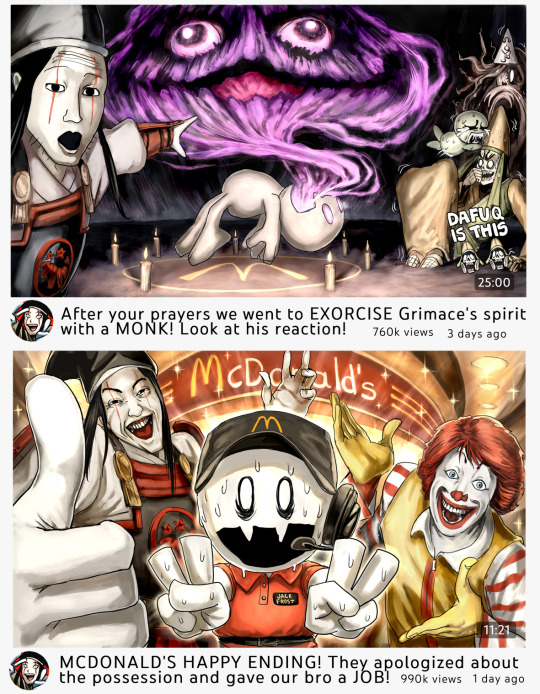Text
usually i don't like comparisons between smt and pokémon i don't think they're very similar at all beyond like. you fill your party out with monsters and elemental weaknesses are the core part of the battle system but ppl saying you should play smt instead of palworld if you want 'edgy pokémon with guns' are right cuz from what I have seen the actual gameplay of palworld seems even less similar to pokémon than smt is
89 notes
·
View notes
Text
Let's not also forget that "Dona Dona" is itself a reference to the Yiddish folk song of the same name about a calf being carted off to be slaughtered.

Source: Shin Megami Tensei II Devil Encyclopedia
DONA stands for "Demonoid Original Nandi A-class" and refers to the quality of beef.
44 notes
·
View notes
Text
The SMT2 icon was reused from Megami Tensei II on the Famicom. It probably stuck because it actually looks like a demon.

Super Famicom SMT demon icons (1 -> 2 -> if...)
Weird how the iconic one is from SMT2
257 notes
·
View notes
Text
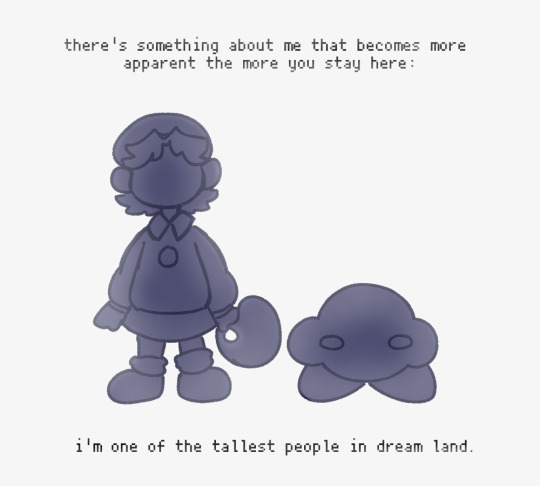
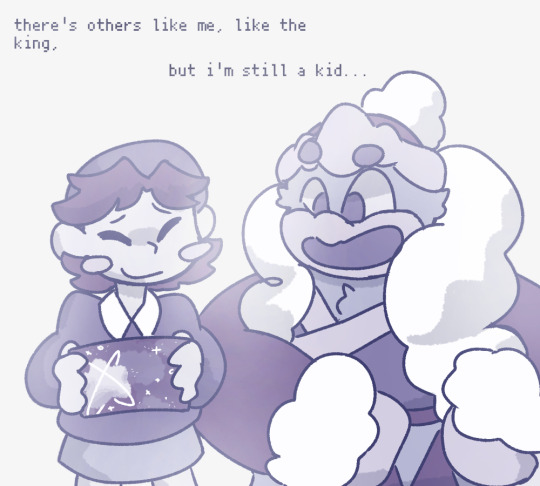
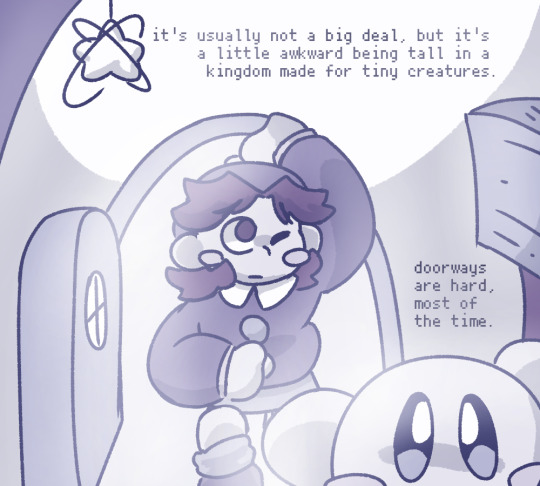
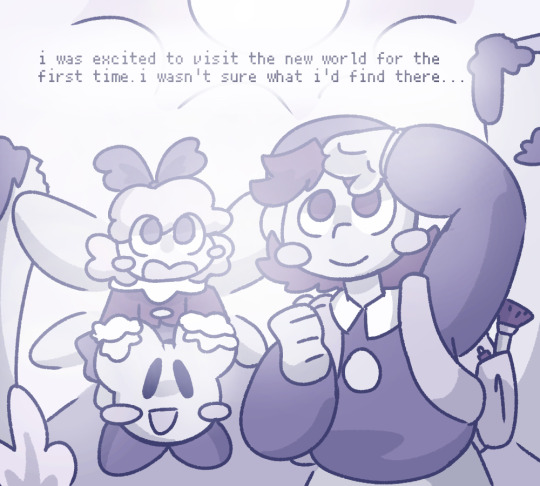
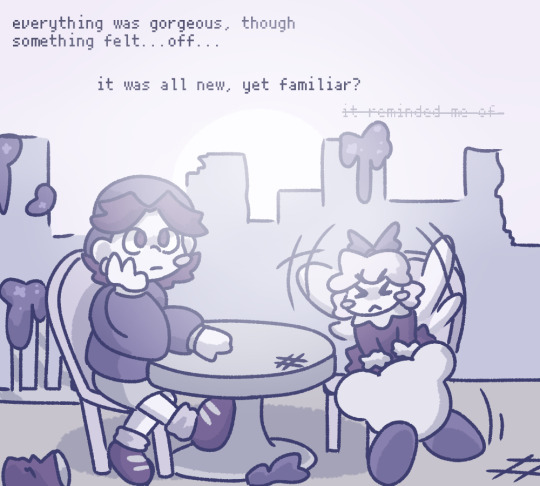
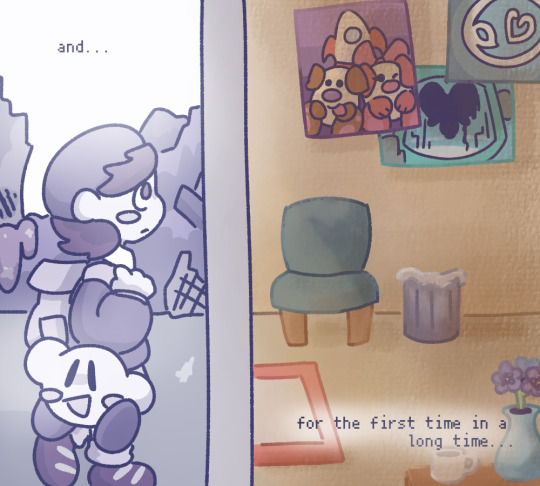

what happens when you find a forgotten world of people that looked like you?
3K notes
·
View notes
Text
The Mario Movie and the Place of the Film Critic

So. I saw the Mario movie at the theater with my friend. …It was fine. I figure I probably would’ve enjoyed it more if I had a closer personal attachment to the Mario franchise. But I think it mostly accomplished its goals of being pleasant, light-hearted, mentally undemanding entertainment for families and fans of the games.
I will say, though, that as someone who doesn’t consider himself a big Mario fan despite having played his share of Mario titles, I found the discourse around the movie’s critical and commercial reception to be far more interesting than the movie itself. In the days shortly preceding and following its release, I found my YouTube feed being absolutely bombarded with Mario movie-related videos. These included not only blatant spoilers, but videos from YellowFlash, Ryan Kimel, and other anti-woke content creators weaponizing the movie’s success and using it as an excuse to take the piss out of Disney and the critical establishment (not that Disney and certain critics don’t deserve it). Now, I do feel I have something to contribute to the conversation, and I lean more on the side of the supporters of the Mario movie than the detractors. But I’m really not interested in waxing polemic here as, again, there are plenty of other people who are far better known than I am doing that already. Instead I’d like to ponder how we got to this whole situation between the critics and the audience in the first place and what can be learned from it going forward. Because I do believe we’re witnessing change in motion as Mario smashes the box office and big movie studios are finding themselves compelled to take notes. We might as well make the most of it.
The first thing we need to ask, which many who’ve observed large gaps in critical and audience approval ratings on Rotten Tomatoes have wondered, is “What is the purpose of film critics?” Considering the question from a purely utilitarian perspective, I’m sure most would agree that they (at least in theory) act as a guide for the moviegoing consumer. We all have limited time and money to spend on media consumption, and we would ideally like to spend as many of these finite resources as possible on “good” movies rather than “bad” ones. Already we can see an issue here, as what exactly defines “good” and “bad” will vary between individuals. Some audiences simply want a dazzling audiovisual spectacle to relieve themselves from the suffering of mundane life for a couple of hours, while others may be looking for more substance from things like narrative, actor performances, themes, etc. so that they may feel personally enriched by the movie experience. Since the very nature of the professional critic’s job demands that the critic think more, well, critically about the movies they watch—carefully analyzing a film’s strong and weak points to argue for or against said film being worth seeing—they naturally fall into the latter category of defining “good” films primarily on the basis of substance. This is not necessarily a bad thing. In fact, it can be good, as it creates the potential for meaningful discussion and new perspectives which can help the ordinary audience member appreciate movies in a new light. It does, however, create an alienating effect between critics and more casual members of the audience.
Further compounding the issue is that the professional critic, once again due to the nature of their job, is likely to have different viewing habits from those of even other substance-oriented individuals within the general audience. They have to do multiple screenings per week (as many as 10-12 in the UK, not sure about the US) on top of writing their reviews and submitting them before the deadlines. Not only that, they do not have the luxury of getting to pick and choose only “good” movies to watch, but must watch whatever movies are assigned to them by their superiors, including all of the “bad” and mediocre ones. When you have to sit through so many movies, especially Hollywood genre movies that tend to follow similar plot beats, you naturally develop more keenly enhanced standards and sensitivity to whatever sticks out, both for better and for worse. This partially explains how Star Wars: The Last Jedi was able to win significant amounts of critical praise for “subverting expectations” and “taking risks” while at the same time drawing the ire of longtime fans.
With this in mind, it is easy to wonder why anyone would want to be a professional critic at all. A more pessimistic or distrusting individual might say that critics are driven by a desire for clout and prestige. Monetary gain would play a limited role at best, as the majority of film critics are in fact paid very poorly and must find additional income elsewhere. This typically comes through other forms of journalism, as critics are often college-educated with degrees in journalism or communications if not film studies specifically (which in turn explains how many of them can be construed as “woke” or otherwise politically left-leaning). But when the critic’s more demanding viewing habits have such great influence over how they assess what they watch, this limits the scope of people who take their opinions seriously, usually to fellow intellectuals who may or may not lean left themselves. Ultimately, the critic persists out of a sheer love for film as an art form, and the advancement of film as art is something their work gives them a vested interest in.
So then where does Mario fit into all this? When considering the critical predilection for substance instead of spectacle and their more refined viewing standards, along with the Mario movie’s safe, sterilized, corporate-mandated handling of the titular character and his world combined with a barebones and predictable story, it is not difficult to imagine how the movie could be given underwhelming critical reviews, even without accounting for any possibility of woke bias. If the critics can be said to “hate” the Mario movie, it is because it is antithetical to everything they stand for as intellectuals and lovers of film as art. It is pure audio-visual junk food. Well-made and satisfying junk food, but junk food nonetheless. But as far as its target audience is concerned, this is perfectly fine, even if it could do with just a little more time spent on plot and character development. Therefore it can be considered a “good” video game movie. Which makes it all the more curious that the critic scores have caused such an uproar.
As of this writing, the Mario movie sits at a 59% approval rating from critics and a 96% approval rating from audiences on Rotten Tomatoes, which is only a 37% difference. For context, a movie on the site only needs a 60% critical approval rating to be considered Fresh, leaving it only a single percentage point away from Fresh status. It does not even have as low of a critical approval rating as similarly critic-Rotten-and-audience-Fresh movies on the site, such as Venom (30%C, 80%A, 50% difference) and Uncharted (41%C, 90%A, 49% difference). If the critics are too distant from the Mario movie’s target audience for their opinions to be worth consideration, then why is such a fuss still being made? Wanting to break the “video game movie curse” is no longer a viable excuse; by this logic, Sonic would’ve broken it already with two audience-Fresh movies well before Mario. The only logical explanation I can think of is that this is purely a matter of personal validation. The critic scores are essentially the one blemish on what has otherwise been a perfect triumph for Nintendo and its fanbase. …Either that or all the complainers are just a vocal minority and I’ve unwittingly found myself in one of those echo chambers. Maybe it’s a little bit of both, who knows.
I’d like to end this piece off with some advice, not that I expect either party to abide by it. Critics, if you are interested at all in expanding out of the intellectual bubble and gaining greater audience respect, it could be prudent going forward to try and put yourselves in the shoes of the movie’s target audience. Not every movie is trying or even needs to be Shakespeare or have a profound social message. Audience members, especially gamers, if you really don’t care what critics have to say about the movies you like, then just act like it. It makes you look a lot less stupid. And, uh, enjoy this possible new trend of high-quality Nintendo movies while you can. Shigeru Miyamoto’s not getting any younger.
7 notes
·
View notes
Text
i've been dying at this for the past 30 minutes
64K notes
·
View notes
Text
Your friendly reminder to not spend money on gacha.
69K notes
·
View notes
Photo
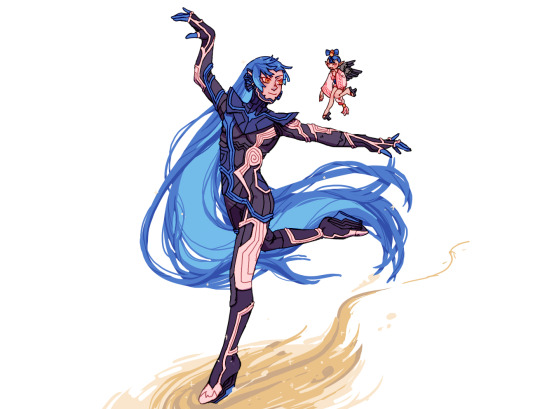
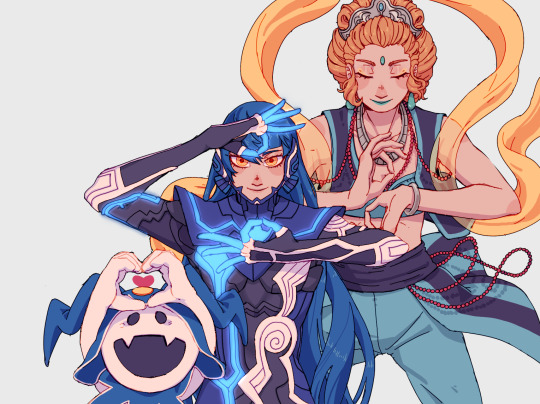

Nahobino’s funky heels are ice skates agenda
1K notes
·
View notes
Note
Never mind. It was revealed in an Atlus livestream.
Wait. The tiny fairy girl has bird wings, aparently uses wind magic, and is wearing those sandals... uh, is there any variation of tengu that's supposed to look like a little girl?
Yeah, I've noticed details on her like her hairstyle that looks approximately like a kendama, and her happi.
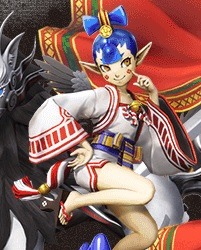
Could be some kind of tengu. Not many Japanese people speculating about it on Twitter. I'm leaning towards her being something else.
30 notes
·
View notes
Note
Is there a source for this, and the other new demons for that matter?
Wait. The tiny fairy girl has bird wings, aparently uses wind magic, and is wearing those sandals... uh, is there any variation of tengu that's supposed to look like a little girl?
Yeah, I've noticed details on her like her hairstyle that looks approximately like a kendama, and her happi.

Could be some kind of tengu. Not many Japanese people speculating about it on Twitter. I'm leaning towards her being something else.
30 notes
·
View notes
Note
Have been trying to look online for info on any famous tengu, but so far I haven’t found anything matching her appearance. If anyone has any leads, that would be great.
Wait. The tiny fairy girl has bird wings, aparently uses wind magic, and is wearing those sandals... uh, is there any variation of tengu that's supposed to look like a little girl?
Yeah, I've noticed details on her like her hairstyle that looks approximately like a kendama, and her happi.

Could be some kind of tengu. Not many Japanese people speculating about it on Twitter. I'm leaning towards her being something else.
30 notes
·
View notes




